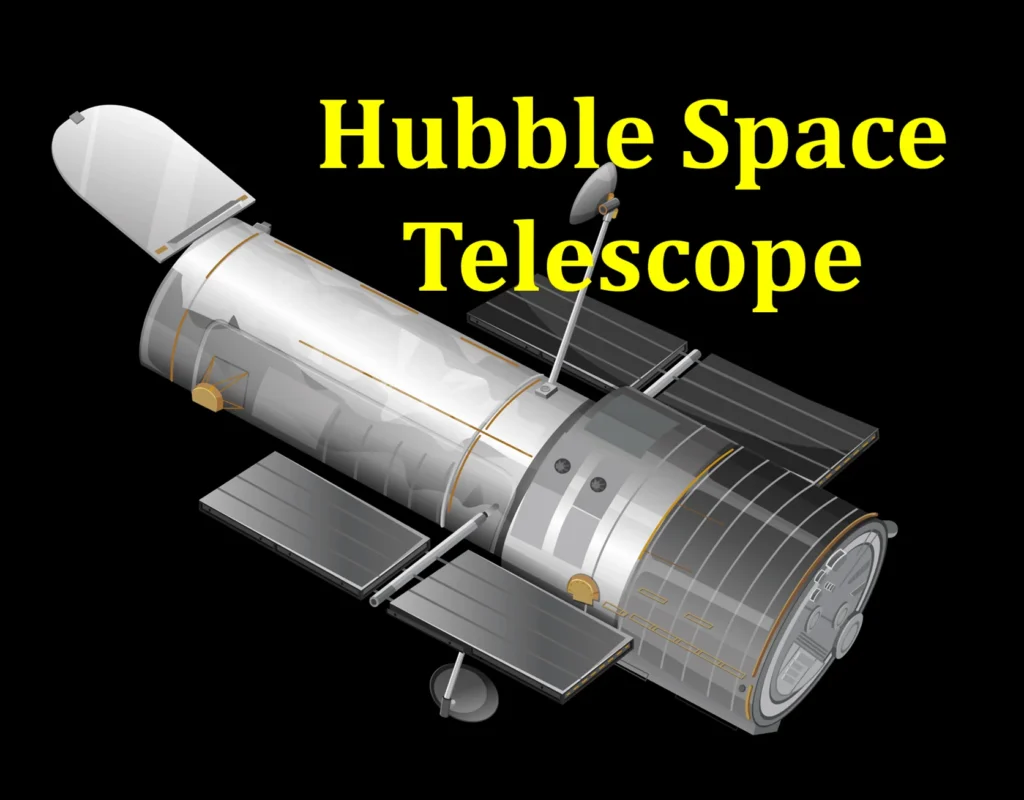
Introduction to the Hubble Telescope
The Hubble Telescope is undoubtedly one of the accomplishments of humanity when it comes to exploring outer space. Through its progress, in observing the cosmos the Hubble has completely transformed our comprehension of the universe. From its origin to its objectives and the remarkable engineering that enables its operations every aspect of the Hubble Telescope serves as a symbol of innovation and our unending a yearning to understand the universe’s secrets.
The Unprecedented Advancements in Space Observation
Before the Hubble Telescope, space observation was limited to telescopes on Earth, constantly hindered by atmospheric turbulence. The Hubble changed the game by being the first major space-based observatory, free from the limitations of Earth’s atmosphere. This breakthrough allowed for clear, uninterrupted views of celestial objects, leading to discoveries that would reshape our perception of the universe.
The Genesis and Purpose of the Hubble Telescope
The renowned astronomer Edwin Hubble, who made groundbreaking discoveries, about the expanding universe lent his name to the Hubble Telescope. This remarkable instrument was launched into orbit by the Space Shuttle Discovery in 1990. Its purpose is to capture images and gather invaluable information, about our vast universe. Its main purpose? To unravel the enigmas of the universe. Provide us with a peek, into the immensity and intricacy of our realm.
The Engineering Marvel behind Hubble’s Functionality
The Hubble Telescope’s engineering is a feat of scientific brilliance. With its 2.4-meter mirror and a suite of advanced instruments, it can capture images with unprecedented clarity and precision. Its gyroscopes and reaction wheels ensure stable positioning, allowing for extended observations. The Hubble is also equipped with solar panels that provide it with the necessary power to conduct its groundbreaking research. It’s remarkable to think about the intricate technologies at play, all working together to bring us closer to understanding our place in the universe.

Hubble’s Early Discoveries
Ever since the Hubble Telescope first started observing the vastness of space it has revealed revelations that have questioned what we thought we knew about the age, size and beginnings of the universe. These initial discoveries have paved the way, for investigations that persist even now.
Revolutionizing Our Perception of the Universe’s Age and Size
One notable accomplishment of the Hubble telescope was its capability to determine the age of the universe, known as the Hubble Constant. By observing the rate at which the universe is expanding scientists approximated its age to be, around 13.8 billion years. This discovery has been instrumental, in unraveling the enigmas surrounding our beginnings. Furthermore, the observations made by Hubble have provided insights, into how immense and awe inspiring our universe truly is, showcasing a number of galaxies each housing billions of stars.
Unraveling Cosmic Mysteries through Deep Field Observations
One of the endeavors carried out by the Hubble Telescope was its observations of the Hubble Deep Field. By directing its attention to an area of the sky the Hubble managed to capture numerous galaxies providing a profound understanding of the vastness and variety of celestial entities. These breathtaking images exposed the hidden wonders of the universe, each galaxy a remarkable testament to the cosmos’ grandeur.
Revealing the Expanding Universe and the Hubble Constant
Another remarkable discovery made by the Hubble Telescope was its confirmation of the expanding universe. Through the observation of the light emitted by galaxies away and the measurement of their redshift scientists have made a significant discovery; the universe is expanding. This finding provides evidence supporting the Big Bang theory. Additionally, by deriving the Hubble Constant from the rate of this expansion astronomers have been able to estimate the age of the universe strengthening our understanding of how it has evolved over time.
Captivating Images and Spectacular Achievements
When it comes to captivating images and spectacular achievements, the Hubble Telescope has never failed to deliver. From unveiling stunning nebulas and star formations to unraveling the mysteries of black holes and galaxies, the Hubble’s imagery has left us in awe and expanded our horizons.
Unveiling Stunning Nebulas and Star Formations
The Mesmerizing Beauty of the Pillars of Creation
The Hubble captured an iconic image known as the “Pillars of Creation,” located in the Eagle Nebula. These immense columns of gas and dust serve as cosmic nurseries, giving birth to new stars. The Hubble’s ability to capture the intricate details and vibrant colors of these pillars exposed us to the breathtaking beauty and delicate balance of the universe’s creative forces.
Capturing Stellar Deaths and Supernovas in Exquisite Detail
The Hubble telescope has provided us with insights, into the life cycle of stars by documenting the breathtaking destruction of massive stars known as supernovas. These awe inspiring events, observed with precision have greatly expanded our understanding of how stars evolve and the immense cosmic forces that shape our universe.
The Unveiling of the Ghostly Hubble Deep Field Images
The Hubble Deep Field images captured the imagination of the world, revealing a wealth of galaxies, each with its own cosmic tale. These ghostly images, constructed over thousands of hours of observation, offered a humbling glimpse into the sheer scale and complexity of the universe. Seeing these images reminds us of our small place in the grand cosmic tapestry.
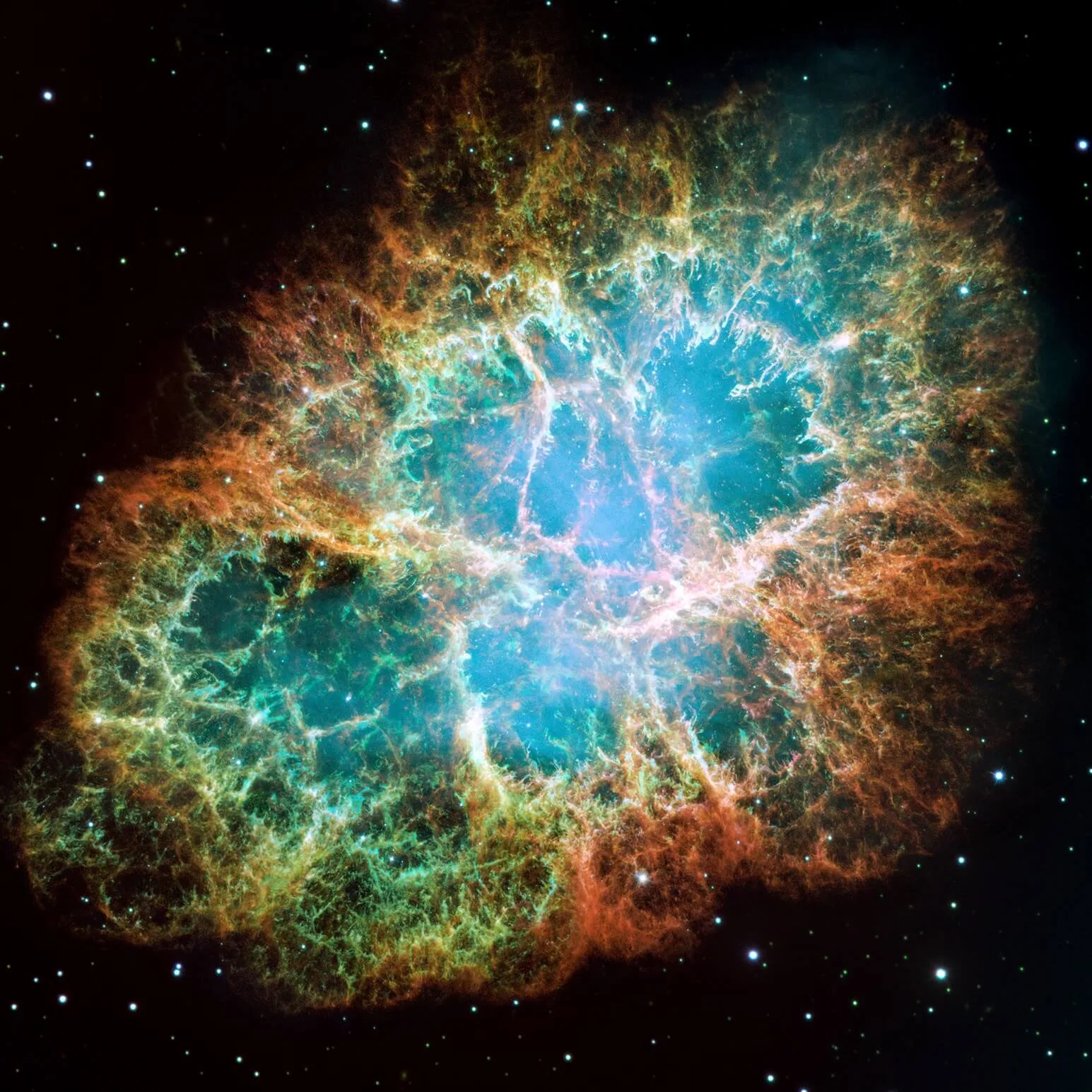
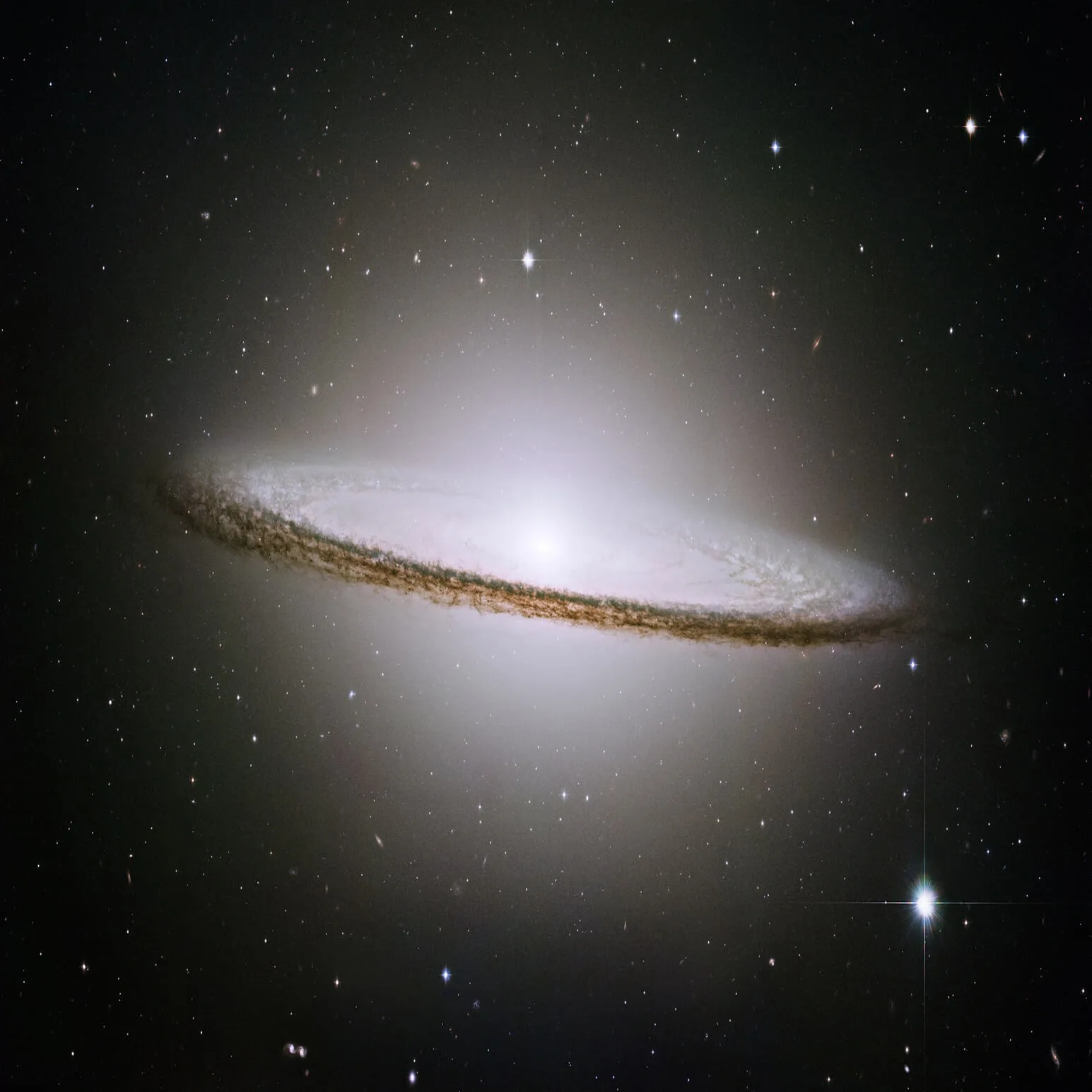
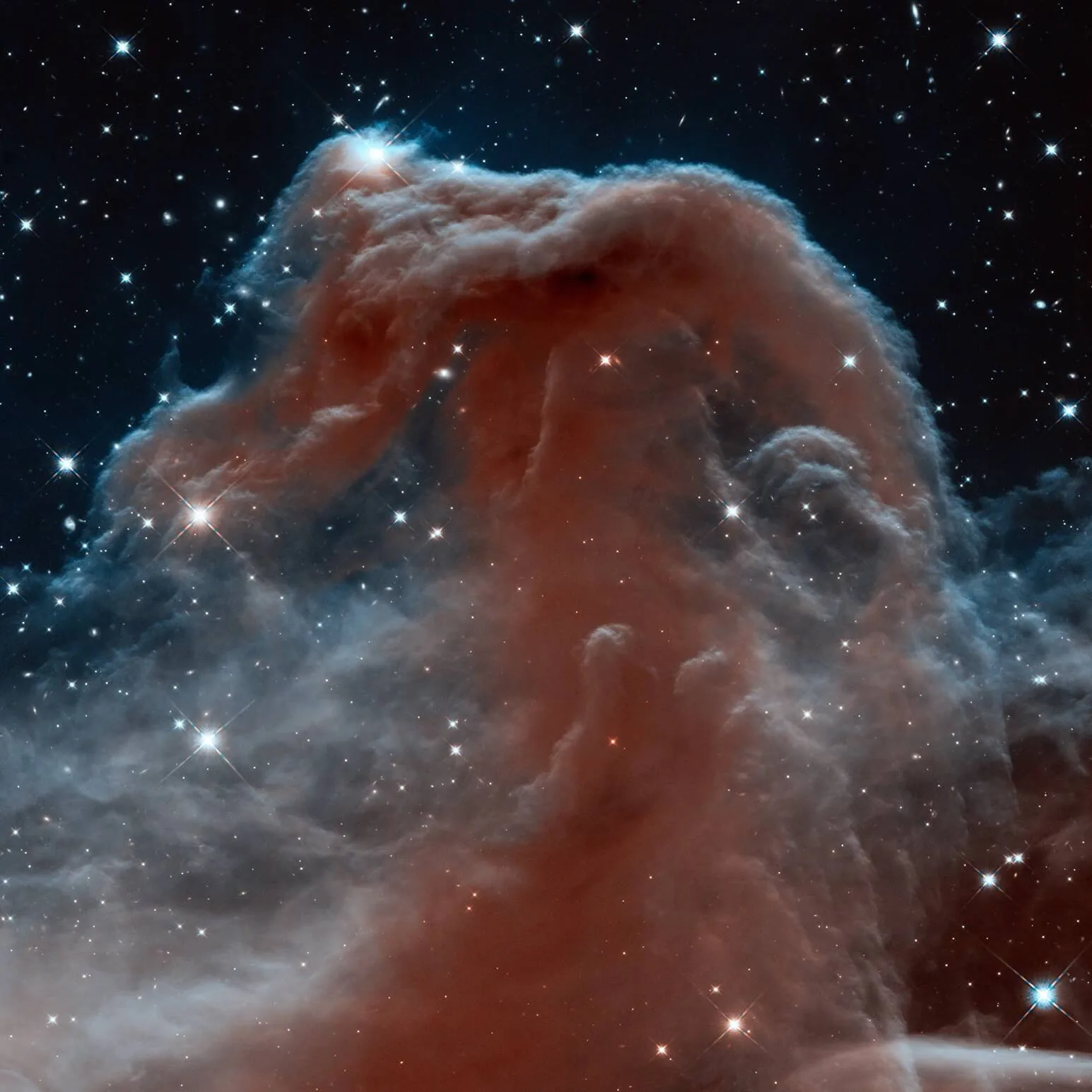

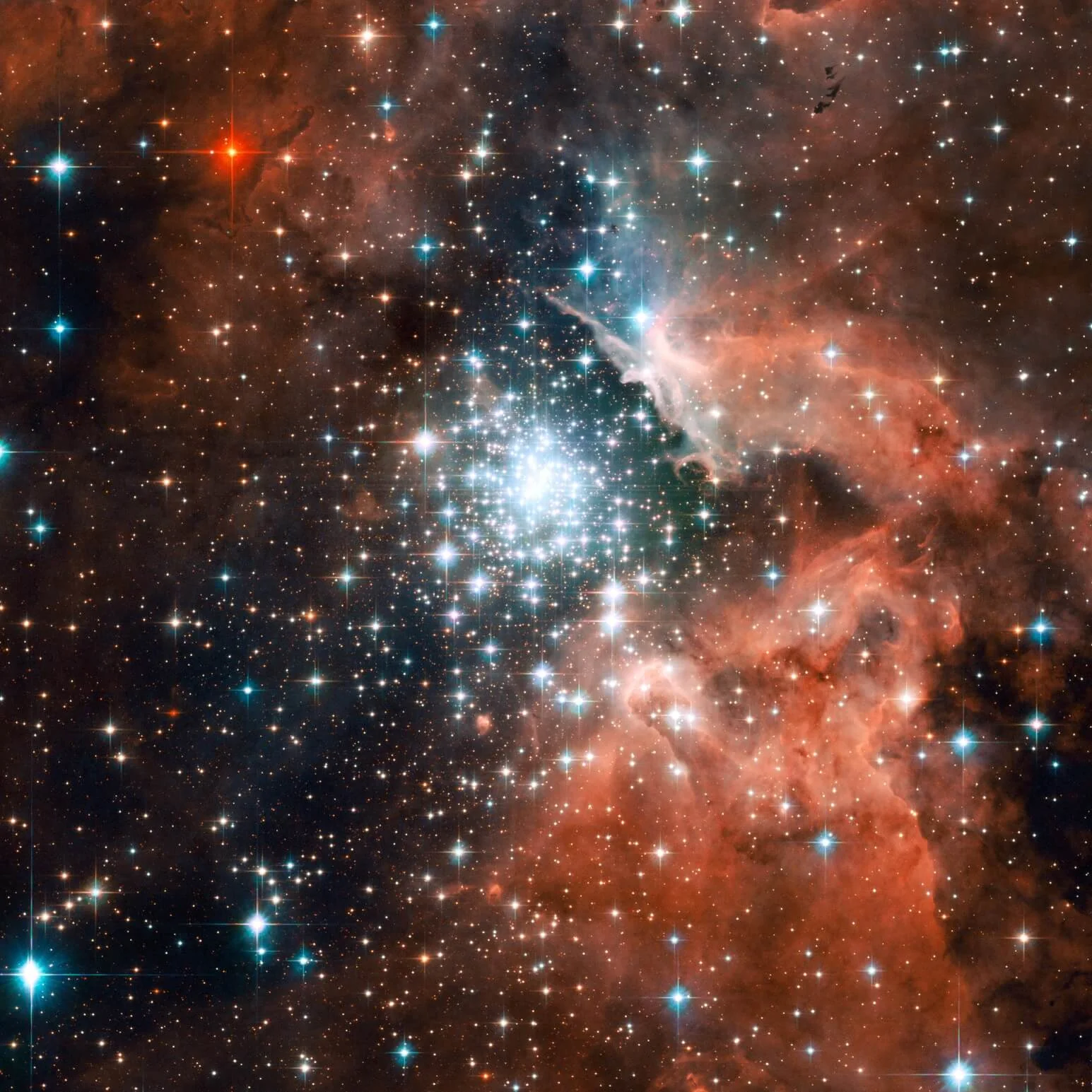
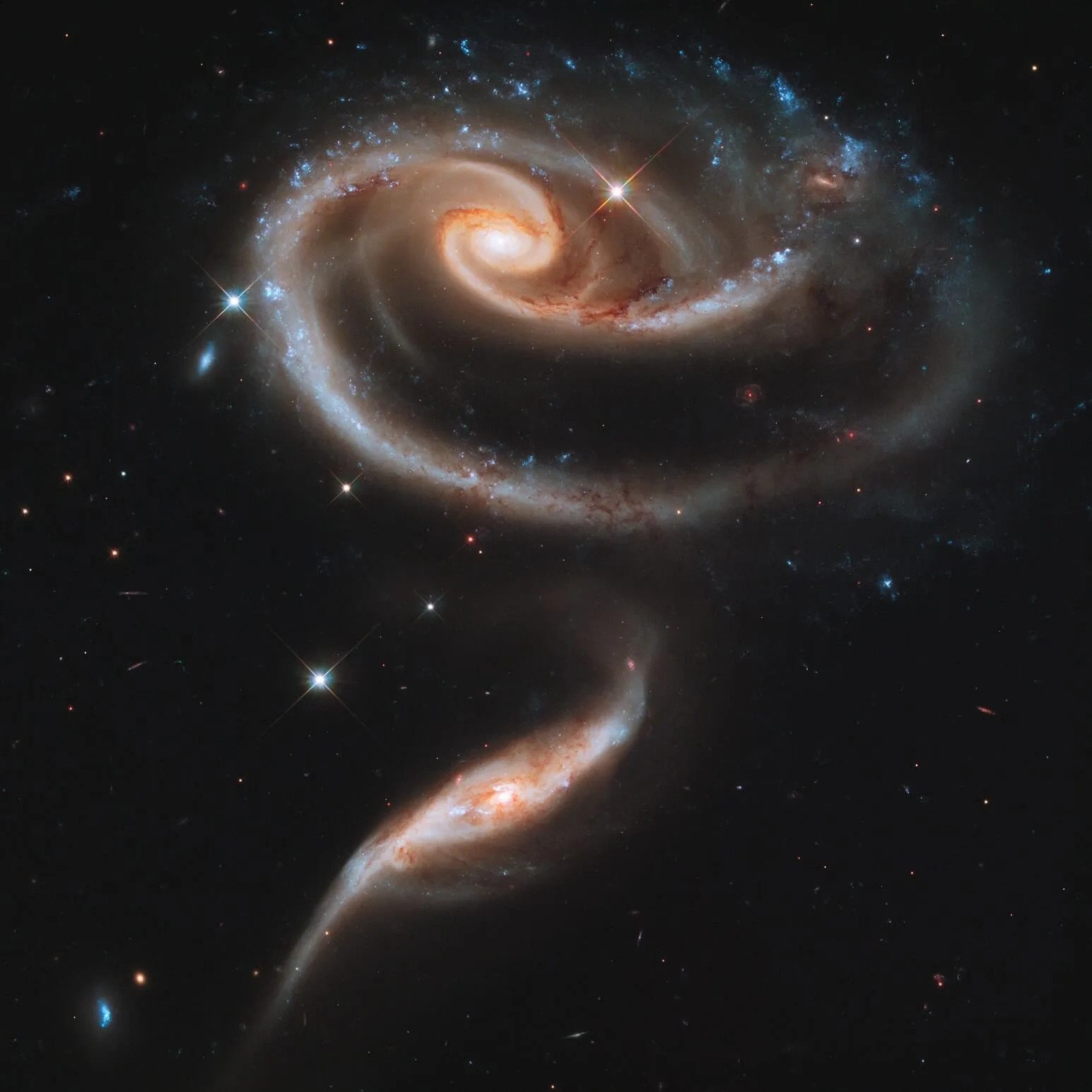
Unraveling the Mysteries of Black Holes and Galaxies
The Fascinating Supermassive Black Hole at the Center of M87
The Hubble Telescope achieved something by enhancing our knowledge, about black holes. By studying the region of the M87 galaxy the Hubble presented evidence supporting the existence of a supermassive black hole at its core. This groundbreaking discovery sparked investigations and eventually led to the creation of the Event Horizon Telescope, which successfully captured an unprecedented image of a black hole.
Tracing the Elusive Dark Matter and Its Impact on Galaxies
Dark matter, a substance that does not emit any light or energy has long puzzled scientists. By making observations the Hubble telescope has provided some insights into this mystery by studying the effects of dark matter on galaxies. These observations have offered clues, about how dark matter’s distributed and its impact on the formation of cosmic structures deepening our understanding of its role in shaping the universe.
Understanding How Galaxies Form and Evolve
The Hubble Telescopes remarkable ability to capture details of galaxies at stages of their formation and evolution has played a crucial role in uncovering the secrets behind their origin and development. Through examination of field observations, the Hubble has unraveled mysteries surrounding galaxy mergers interactions between galaxies and even shed light on the growth of supermassive black holes, within their cores. These findings have revolutionized our grasp of how galaxies evolve over cosmic timescales.
Exploring Exoplanets and the Possibility of Alien Life
Detecting Exoplanets and Characterizing Their Atmospheres
The Hubble Telescope has dedicated attention to the exploration of exoplanets. Through a technique called the transit method scientists have effectively identified thousands of exoplanets that revolve around stars. Moreover, by examining the light that passes through an exoplanets atmosphere during its transit researchers have gained knowledge, about its makeup. This brings us closer, to comprehending the likelihood of these planets being environments.
Hubble’s Contribution to the Search for Habitable Worlds
The Hubble Telescope cannot provide evidence of the existence of life its findings have significantly contributed to the quest, for potentially inhabitable planets. By detecting exoplanets situated in the zone around their stars—the area where conditions may allow for water on a planets surface—Hubble has furnished indispensable information that will aid future telescopes, such, as the upcoming James Webb Telescope in conducting more thorough investigations of these celestial bodies.
The Potential for Life Beyond Earth: Exciting Findings
While concrete evidence of life remains, elusive scientists have made progress in understanding the possibility of other planets supporting habitable conditions thanks, to the valuable contributions of the Hubble Telescope. By studying exoplanet atmospheres and combining data from missions we have gained an outlook on the existence of life beyond our planet. While we eagerly await answers the discoveries made by the Hubble Telescope continue to ignite our imagination and expand our horizons.
Mission Accomplishments and Notable Upgrades
The Hubble Telescope’s success story extends beyond its initial deployment. Through a series of servicing missions, the telescope’s lifespan has been extended, its instruments enhanced, and its role in shaping future space missions cemented.
Servicing Missions: Extending Hubble’s Lifespan and Enhancing Instruments
Overcoming Hurdles: The Rescue and Repair of Hubble
Hubble’s success story would not have been possible without the heroic servicing missions carried out by astronaut crews. From addressing issues with the telescope’s optics to installing new instruments, these missions kept Hubble operational and allowed for groundbreaking discoveries. These moments of human triumph and ingenuity remain pivotal chapters in the Hubble’s legacy.
Upgrades and Instrument Enhancements: Transforming Observations
Throughout its existence the Hubble Telescope has undergone improvements incorporating state of the art instruments and sensors. These advancements have allowed scientists to explore the depths of the universe further capturing images of clarity and collecting more accurate data. Each upgrade signifies a stride, in our capacity to comprehend the vastness of space.
Hubble’s Role in Inspiring Future Space Missions
The accomplishments of the Hubble Telescope have not added to our knowledge of the universe. Also served as inspiration, for future space missions. The scientific advancements facilitated by the Hubble have influenced the planning and goals of missions like the James Webb Space Telescope and the Nancy Grace Roman Space Telescope. It is a testament, to the influence of the Hubble that its legacy continues to shape these ambitious ventures.
The Hubble Legacy: Contributions to Astronomy and Astrophysics
Influential Scientific Papers: Groundbreaking Findings
The Hubble Telescope’s discoveries have resulted in a slew of influential scientific papers. These papers have revealed groundbreaking findings in various fields, ranging from cosmology and galactic evolution to the intricacies of exoplanets and the search for extraterrestrial life. The Hubble’s contributions have enriched our knowledge of the universe, helping humanity unravel its deepest mysteries.
Inspiring the Next Generation of Astronomers and Scientists
The Hubble Telescope has captivated and inspired generations of aspiring astronomers and scientists. The breathtaking images and revolutionary findings of the Hubble telescope have sparked curiosity and enthusiasm for the vastness of space inspiring individuals to embark on careers, in astronomy and astrophysics. The profound influence of the Hubble guarantees that its legacy will shape our comprehension of the universe for years.
Hubble’s Role in Shaping Our Current Understanding of the Universe
The Hubble Telescope’s legacy is deeply etched into the annals of astronomy and astrophysics. It’s remarkable achievements and discoveries have pushed the boundaries of our understanding and reshaped fundamental aspects of our cosmic knowledge. From redshift measurements to clarifying the age of the universe, the Hubble’s impact is immeasurable, guaranteeing its place in history as a true pioneer in the quest to unlock the secrets of the universe.
Summary and FAQs
The Hubble Telescope has completely transformed our comprehension of the universe, with its findings and captivating visuals. By investigating galaxies and unraveling cosmic puzzles the Hubble has opened doors for future space explorations and firmly established itself as one of the most extraordinary accomplishments in the field of space observatories. Through its ability to reveal the wonders of the universe it continues to inspire a sense of awe and spark our curiosity about the expanse that envelops us.
In summary thanks to its discoveries and captivating imagery the Hubble Telescope has revolutionized our understanding of the universe. It has successfully delved into galaxies unraveled enigmas and set a path for upcoming space missions cementing its place among humanity’s most exceptional achievements in observing space. The Hubble’s ongoing ability to inspire wonder and fuel our curiosity, about the cosmos pushes us toward expanding our knowledge beyond limits.
Frequently Asked Question (FAQs)
How has the Hubble Telescope contributed to our understanding of the universe?
The Hubble Telescope has significantly advanced our comprehension of the cosmos by making groundbreaking discoveries. It has allowed us to determine the age and size of the universe unravel mysteries, through field observations and unveil the phenomenon of an expanding universe.
What are some of the images captured by Hubble?
Hubble Telescope has managed to capture awe inspiring images of celestial objects that leave us in wonder. These include the Pillars of Creation”, in the Eagle Nebula vivid portrayals of deaths and supernovas and breathtaking Hubble Deep Field images that display thousands upon thousands of galaxies.
How longer is it expected for the Hubble Telescope to remain operational?
Since the most recent servicing mission in 2009, the Hubble Telescope has been anticipated to remain operational until the 2030s. However, its lifespan largely depends on its critical systems and the availability of future servicing missions.
Has the Hubble Telescope come across any indications of existence of life forms, beyond Earth?
Although the Hubble Telescope has not directly observed any signs of life it has played a role in advancing our knowledge about exoplanets and their suitability for supporting life. By identifying and studying exoplanets situated within the zone of their stars the Hubble Telescope has amassed valuable information that can guide future missions aimed at exploring the potential, for life beyond our planet.
What were the challenges faced during the servicing missions to update and repair Hubble?
The servicing missions faced various challenges, including intricate repairs of the telescope’s optics, overcoming technical issues with instruments, and ensuring the safety of astronaut crews. These missions required meticulous planning, ingenuity, and precision to extend the telescope’s lifespan and enhance its capabilities.
